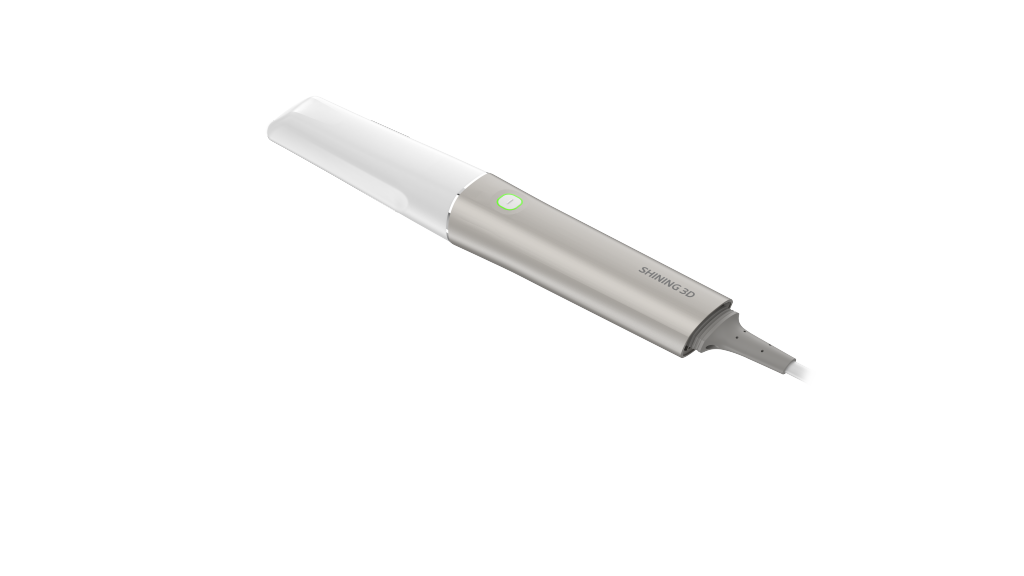Table of Contents
In the evolving world of dentistry, precision and efficiency are essential, especially in complex treatments such as implants and orthodontics. A dental intraoral scanner offers an advanced solution to simplify processes while maintaining exceptional accuracy. SHINING 3D DENTAL has developed cutting-edge intraoral scanners, including the IPG 2-in-1 system, to address these specific needs. Let us explore how this technology enhances implant and orthodontic workflows, ensuring outstanding outcomes for patients and professionals alike.

Boosting Accuracy in Implant Cases
Implant treatments demand a high level of precision at every stage, from planning to placement. A dental intraoral scanner captures highly accurate digital impressions, eliminating the inconsistencies often associated with traditional molds. SHINING 3D DENTAL’s technology ensures that every detail of the patient’s oral anatomy is recorded with exceptional clarity.
Using these scans, clinicians can design implant guides that fit perfectly, reducing the risk of complications during placement. The digital impressions integrate seamlessly with implant planning software, allowing for more predictable results. This streamlined approach not only saves time but also enhances patient confidence in the treatment process.
Furthermore, the IPG 2-in-1 system combines intraoral scanning and photogrammetry in one device. This feature is particularly valuable in full-arch implant cases, where capturing precise relationships between implants is critical. By using a single system for multiple tasks, professionals can enhance workflow efficiency without compromising on accuracy.
Improving Efficiency in Orthodontics
Orthodontic treatments often involve long-term planning and regular adjustments. A dental intraoral scanner simplifies the initial and ongoing processes by providing precise and quick digital impressions. SHINING 3D DENTAL’s technology makes it easier to capture a complete view of the patient’s dentition in just a few minutes, offering a more comfortable experience compared to traditional methods.
These digital impressions are ideal for creating aligners, braces, and other orthodontic appliances. By integrating with CAD software, clinicians can design treatment plans with greater accuracy and predictability. The IPG 2-in-1 system plays a vital role here, as its dual functionality enables professionals to handle both scanning and data gathering with a single tool.
In addition, digital scans facilitate real-time communication between clinicians and labs. This ensures that orthodontic appliances are fabricated with precision and delivered in a timely manner. The result is a smoother workflow, reduced chair time, and more predictable outcomes for patients.
Enhancing the Patient Experience
One of the most significant benefits of using a dental intraoral scanner is the improved comfort it brings to patients. Traditional impressions can often be uncomfortable, especially for those undergoing complex treatments. Digital scanning eliminates the need for messy materials while offering a faster and more pleasant experience.
Patients also benefit from visualizing their treatment plans through 3D models created from the scans. This transparency builds trust and helps patients better understand the steps involved in their implant or orthodontic journey.
Conclusion
The use of a dental intraoral scanner is transforming implant and orthodontic treatments by enhancing accuracy, efficiency, and patient satisfaction. SHINING 3D DENTAL‘s IPG 2-in-1 system exemplifies the innovation needed to address the challenges of modern dentistry. By integrating scanning and photogrammetry into a single workflow, it provides professionals with a reliable and efficient tool for achieving superior results.
With SHINING 3D DENTAL’s solutions, dental teams are empowered to deliver high-quality care while streamlining their workflows, ultimately creating a better experience for everyone involved.
 ENG
ENG








